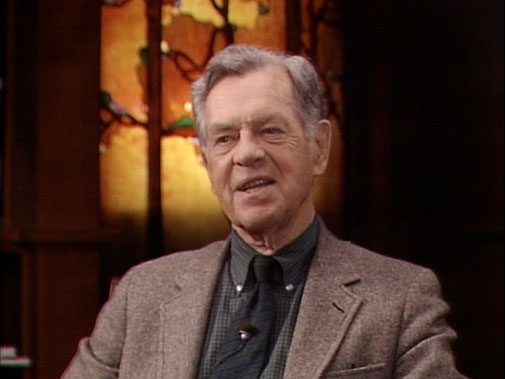Religious Language
Dale Hathaway
Fall 2020
Created: 2020-07-24 Fri 16:15
Guide to app usage
| Key stroke | Effect |
|---|---|
| n, space | next slide |
| p | previous slide |
| f | fullscreen |
| esc, o | overview slide |
| m | toggle menu |
| audio inlay | start/stop audio playback |
Religious language: Interpretation
hermeneutics / interpretation
hermeneutics at work
1 In the beginning when God created the heavens and the earth, 2 the earth was a formless void and darkness covered the face of the deep, while a wind from God swept over the face of the waters. 3 Then God said, "Let there be light"; and there was light. (NRSV)
consider …
^1 when God began to create or In the beginning God created
^2 while the spirit of God or while a mighty wind
בְּרֵאשִׁ֖ית בָּרָ֣א אֱלֹהִ֑ים אֵ֥ת הַשָּׁמַ֖יִם וְאֵ֥ת הָאָֽרֶץ׃
Religious language: Narrative
Religious language is Like Poetry
Joseph Campbell: https://youtu.be/R7xuLN8WIkI
Most often poetic in the sense that, like poetry, it seeks to use ordinary words to convey extraordinary meanings.
 |
Religious stories
- "Religion is my story being shaped by another (religious) story."
- religious stories not told to hold onto a historical truth but to disclose a notion of the sacred to people.
Parable:
- A story that upsets an existing world or turns it upside down;
- makes a point by violating our expectations and calling into questions our assumptions.
- It seeks to shock the hearer into seeing ordinary things in a new way, i.e., in light of the sacred reality which is totally “other" than the ordinary and customary.
- A parable seeks to move people into a deeper engagement with sacred reality.
- Sacred figures often perform “parabolic actions" or actions that upset the way things are and open our eyes to a new reality.
Allegory
- … are stories in which the various characters and incidents actually represent figures and events not a part of the story as such.
- cp. George Orwell's Animcal Farm
- some of Jesus' parables were "explained" by his followers through the use of allegory
Examples of Parables/Parabolic Actions
- Zen koan: "What is the sound of one hand clapping?"
- A seeker to the Buddha "Are you a god or a magician?"
- Buddha: "I am not a god or a magician. I am awake."
- Awake seems ordinary but it is not. Greatness can't lie in it.
- Jesus seeks to open people's eyes to the kingdom of God when he reads from Isaiah 61:1-2 in Luke
"The Spirit of the Lord Yahweh is upon me, for he has anointed me to bring glad tidings to the poor. He has sent me to proclaim liberty to captives and recovery of sight to the blind, to let the oppressed go free, and to proclaim a year of favor from Yahweh [a jubilee year]" . . . and a day of vengeance for our God . . Luke 4:18-19
- Good Samaritan = like the good Al Qaeda terrorist. Our social status does not determine our holiness; but our compassion—even a compassion that violates social customs re: ritual purity. That is what God wants.
- Matthew 25: Whenever you did it to the least of my brothers and sisters you did it to me—Christ is encountered in the needy.
- Prodigal Son (Who is lost, the younger or the older son?) or Workers in the Vineyard—those who worked a little get paid the same as those who worked a lot; or Unforgiving debtor. (Luke 15-16)
Sacred Stories
4 functions of Sacred Stories (including scriptures):
- connect with sacred,
- order cosmos,
- pass on the traditio, and
- instill ethical expectations and norms
Religious language: Functions
- Functions include:
- passes on the traditions of a people
- recall/retell "paradigmatic moments and/or persons"
- vehicle for revelation